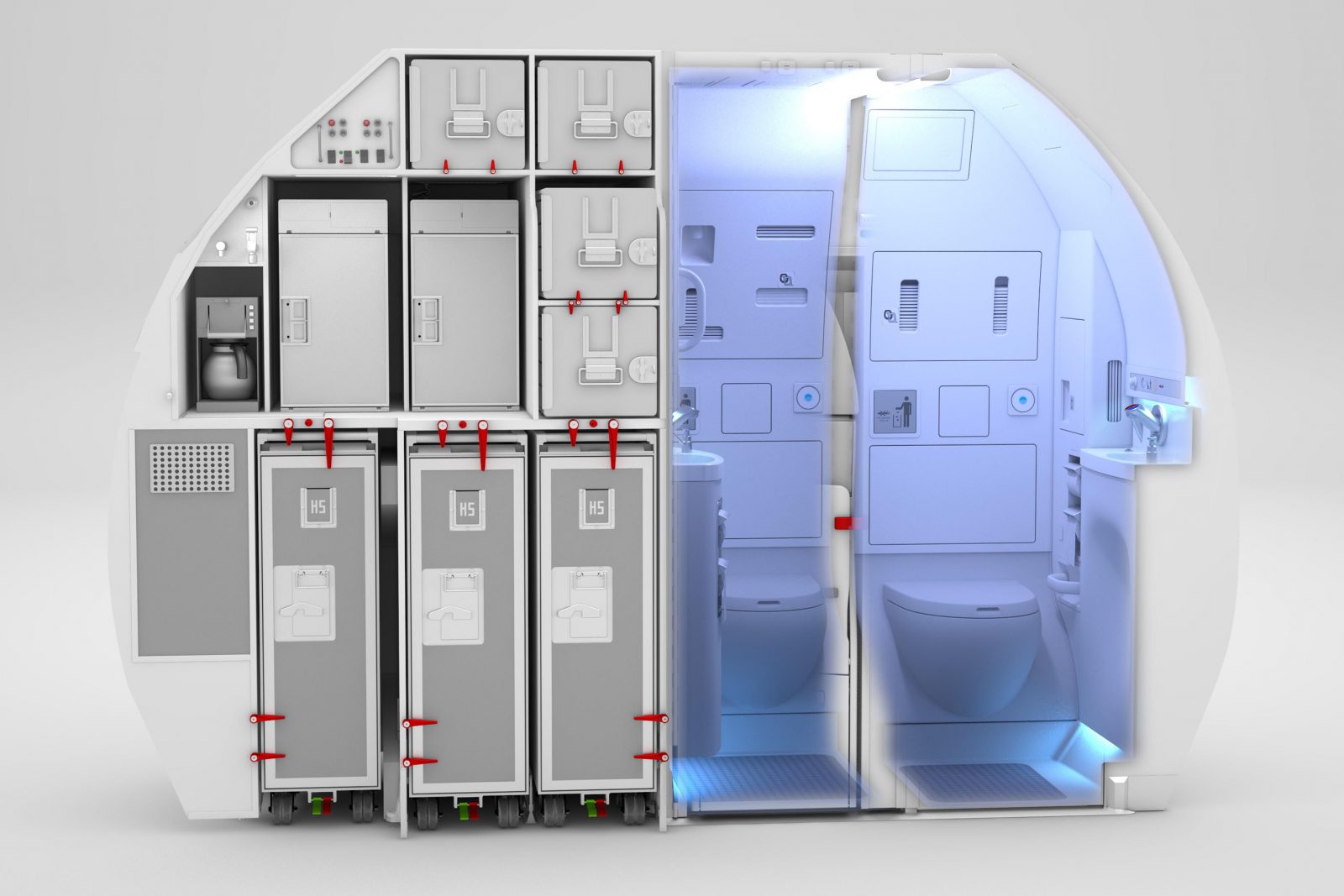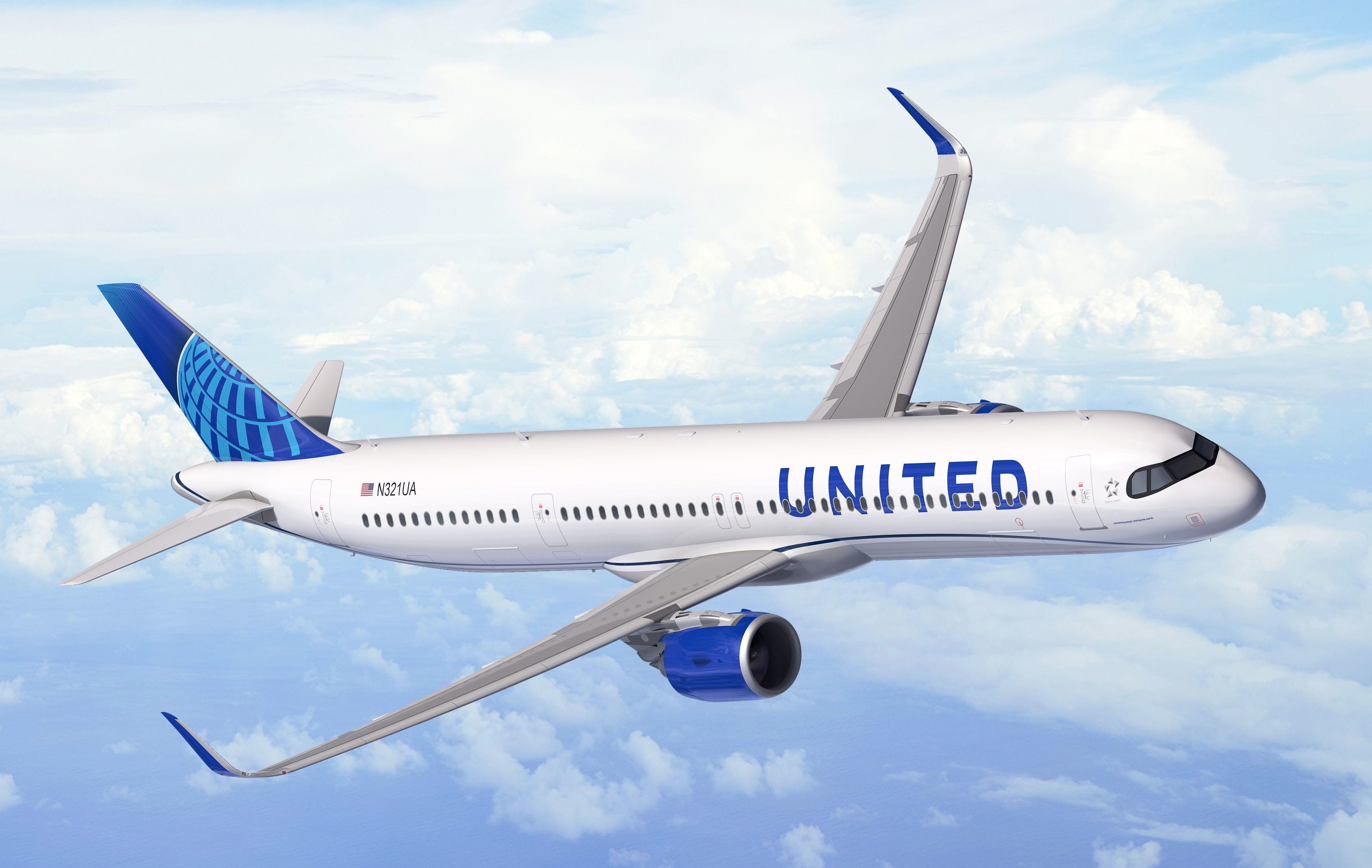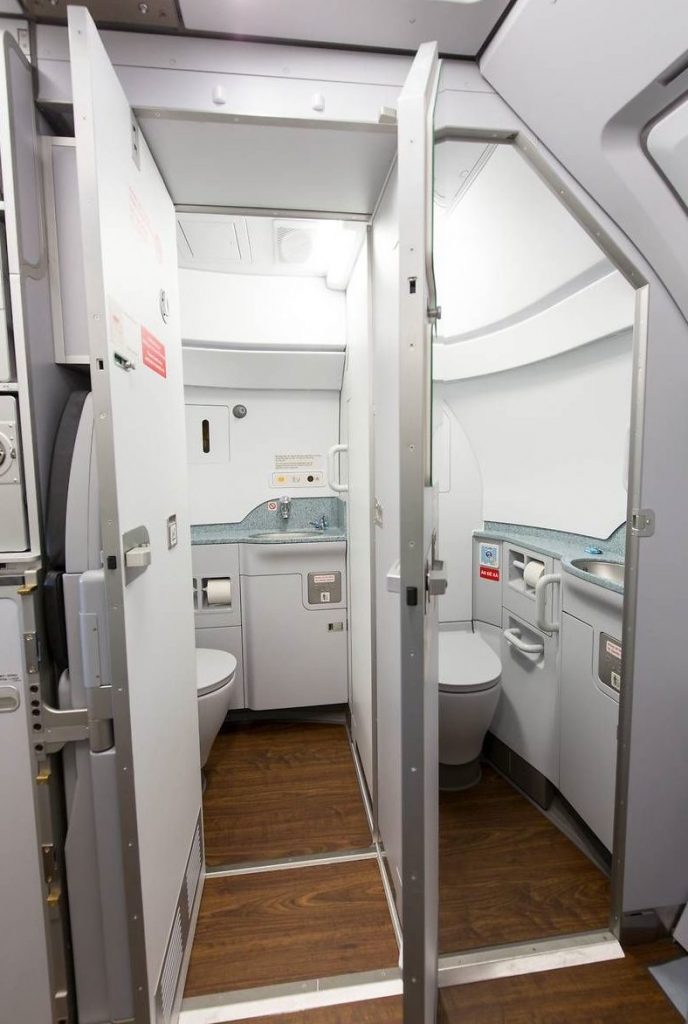
- Shrinking airplane lavatories labelled a “nightmare for disabled flyers”
- No rules currently exist for accessible lavatories on US-registered single-aisle aircraft
- DOT plans rulemaking to make single-aisle aircraft lavatories accessible
- But the rule falls short of mandating larger, more comfortable lavatories
It’s no secret that airplane lavatories are getting smaller… in some cases, much, much smaller. In fact, in-flight restroom facilities have shrunk by so much over the last few years that there have been recent cases involving passengers of size getting stuck in the tiny cubicles. Flight attendants have complained they can’t even wash their hands properly as only one hand at a time fits in the tiny sinks.
While some ultra-low-cost carriers have introduced the concept of space-saving lavatories to their widebody planes, you’re most likely to encounter the ever-shrinking toilets on a single-aisle aircraft like Airbus’ popular range of aircraft or Boeing’s 737. That’s not necessarily a problem on a 1-2 hour short-haul hop but issues rear their ugly head when flight times start getting longer and longer.

The announcement from European aircraft manufacturer Airbus that it had developed a long-range version of its stretched A321 single-aisle aircraft (appropriately called the A321LR) was dubbed a “nightmare for disabled flyers” last year – precisely because of the tiny restrooms.
And to make matters worse, Airbus has developed an extra long-range version of the same jet – capable of flying 15 per cent further than the A321LR. It’s 8,700 km range could mean flight times of up to 10-hours – that’s a long time to cross your legs if you can’t physically access a lavatory.
The plane has proved to be a popular choice for airlines – both United and American Airlines have ordered 50 A321XLR’s each, while jetBlue has already committed to taking 13. United plans to take delivery of its first A321XLR in 2025 with the specific plan of expanding its long-haul transatlantic routes.

The economics of operating these planes is a no-brainer for airlines. You can fit nearly as many passengers on board an A321 as you can on a 787 Dreamliner – especially if you install space-saving lavatories like the Airbus designed Space-Flex system in the rear galley (as seen in the main picture).
Version one of the Space-Flex galley came with a movable partition between the two lavatories that created a double-sized space for disabled access. Version two, however, got rid of that partition and shrunk lavatory real-estate even further to allow for more galley space. Airbus says the current Space-Flex design still gives full access to one of the lavatories for Persons with Reduced Mobility (PRMs) through the use of a tip-up seat, mounted inside the lavatory.
The problem, though, is that under current rules the Department of Transport (DOT) doesn’t require airlines to install fully accessible lavatories on single-aisle aircraft.
It’s an oversight from the days where regulators believed airlines would only ever use widebody aircraft on long-haul flights. US-based airlines have been required to have fully accessible lavatories on dual-aisle aircraft since 1990 – but no such rule was introduced for single-aisle planes because it could create an “undue burden on airlines”.
Since the 1990s, the DOT and FAA have studied the impact of extending those rules to single-aisle aircraft and finally, the FAA has issued a notice on proposed rulemaking for accessible lavatories on single-aisle aircraft.
Just don’t be expecting this to suddenly mean airlines will need to start installing larger, more comfortable lavatories. In the short-term, the rulemaking will only cover accessibility improvements like introducing grab bars, making the call button and door lock accessible and making lavatory controls operable with just one hand.
In other words, the rules cover accessibility improvements that aircraft manufacturers have been doing for years. And the rule won’t even apply to the majority of planes that airlines own because the rulemaking will only cover new aircraft or lavatory retrofits three-years after the date the rulemaking is made law.
As for a rulemaking for fully-accessible lavatories, well that’s been kicked into the long grass with no timeline for when it might be progressed. For the foreseeable future at least don’t expect airplane lavatories to get any larger – they might even shrink still further.
Mateusz Maszczynski honed his skills as an international flight attendant at the most prominent airline in the Middle East and has been flying ever since... most recently for a well known European airline. Matt is passionate about the aviation industry and has become an expert in passenger experience and human-centric stories. Always keeping an ear close to the ground, Matt's industry insights, analysis and news coverage is frequently relied upon by some of the biggest names in journalism.







